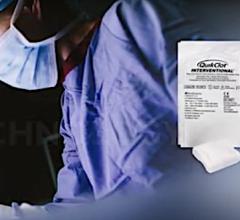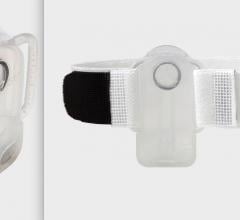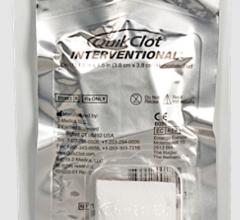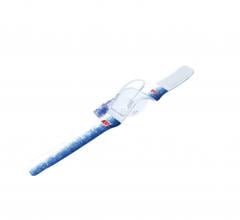
Vascular closure devices that use an active method to immediately seal the femoral access site can enable faster patient ambulation, reduce nursing time and speed discharge. However, one of the biggest issues interventionalists have with active vascular closure devices is the use of a permanent piece of hardware to stitch or clip the arteriotomy closed. Three companies now offer fully bioresorbable, active vascular closure devices, including a recent release earlier this year.
In February 2012, the U.S. Food and Drug Administration (FDA) cleared AccessClosure’s new MynxGrip Vascular Closure Device (VCD). Built on the Mynx platform, the MynxGrip VCD adds the company’s patented Grip Technology sealant to the distal end of the original Mynx sealant, resulting in a better seal on the vessel and filling the tissue tract.
Hemostasis is achieved through the delivery of a water-soluble, bio-inert, non-thrombogenic polyethylene glycol (PEG) polymer on the shaft of a delivery catheter to the surface of the artery. The new formulation of PEG adheres better to the contours of the vessel wall. The material swells in size to fill the tissue tract. The sealant fully resorbs within 30 days. A 6 mm semi-compliant balloon is inflated against the arterial wall to establish temporary hemostasis during deployment of the sealant and ensures its extra-arterial placement. The result is an active seal that leaves no foreign material behind inside the vessel.
Cordis Corp. gained FDA clearance for the Exoseal vascular closure device in May 2011. It incorporates an extravascular, bioabsorbable polyglycolic acid (PGA) plug. It is designed to close the femoral artery puncture site with minimal or no inflammation, is fully reabsorbed in 60-90 days.
St. Jude Medical’s Angio-Seal line also offers a bioabsorbable active closure system. It includes use of an intra-arterial anchor attached to a suture and a collagen seal.


 October 27, 2021
October 27, 2021 






